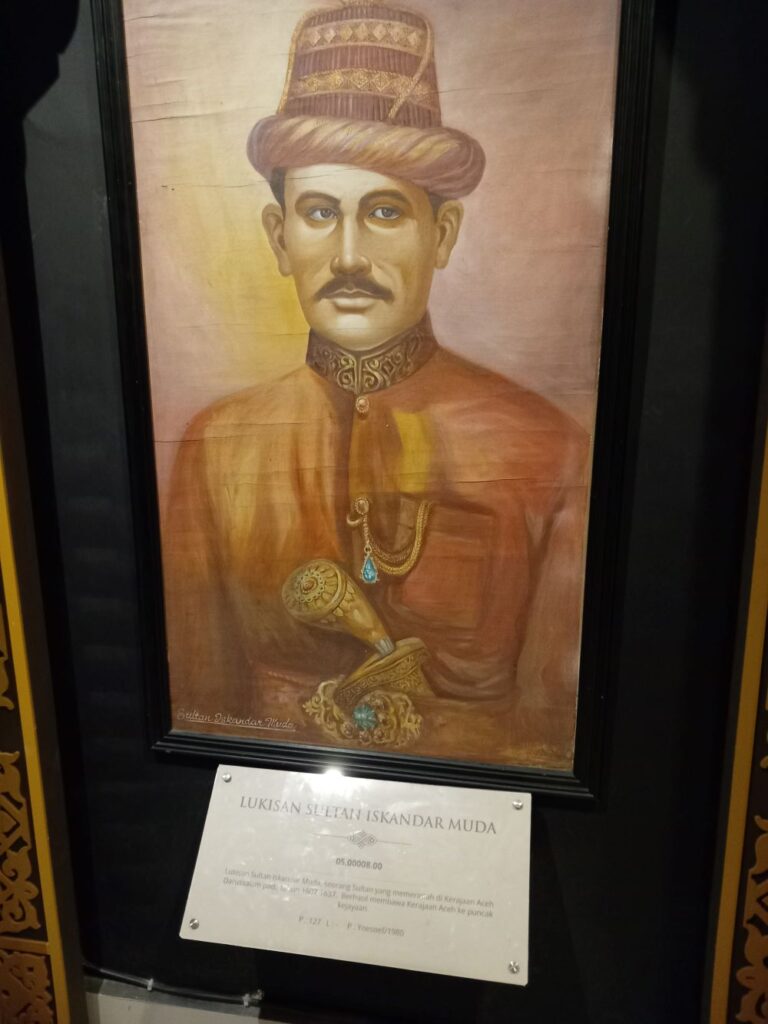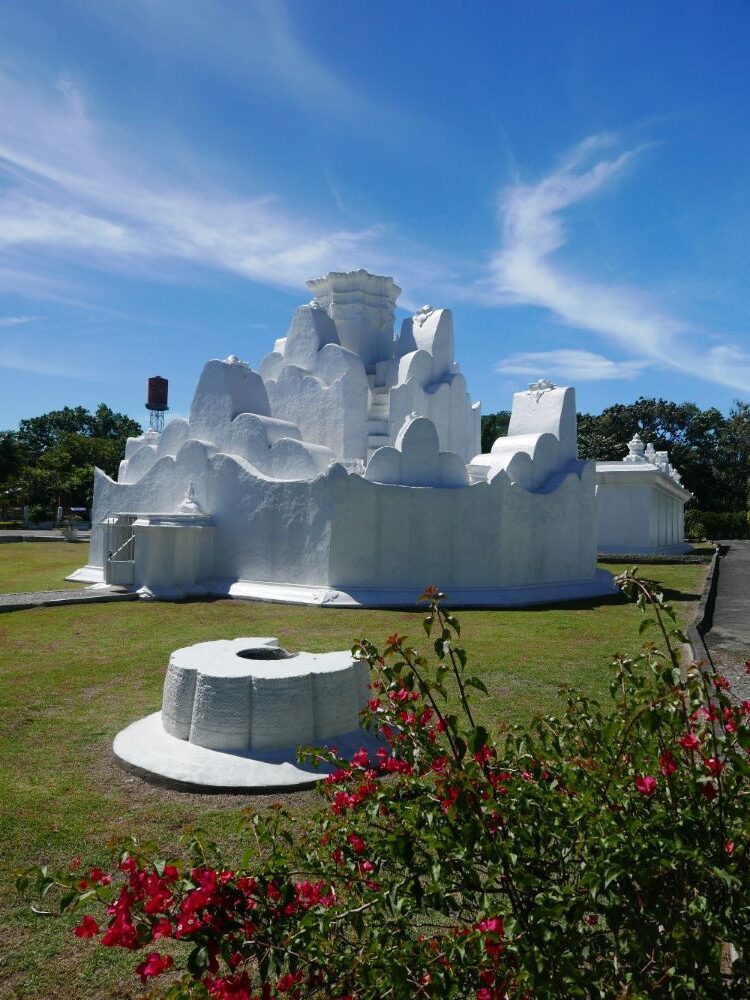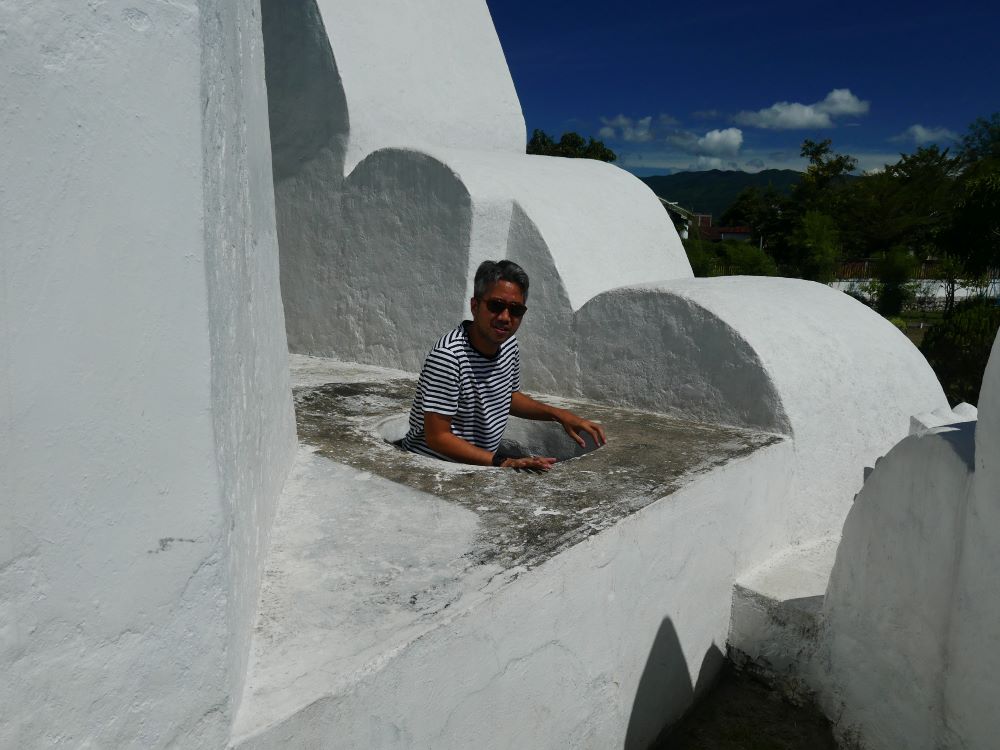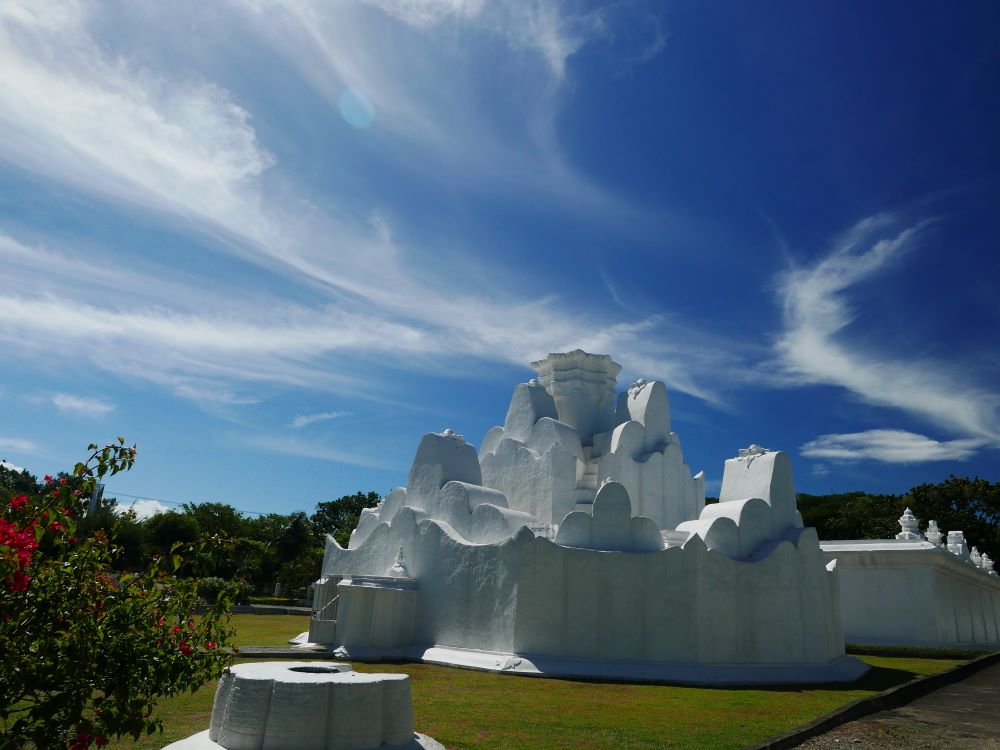While recently cruising around Banda Aceh on Sumatra, I caught just a glimpse of a very strange and captivating sight. My first fleeting impression was that it looked to be a very large cream puff, placed among the gardens of the old royal quarter.
I was in Aceh, hunting ruined pepper ports from a thousand years ago, among them Old Samudera, visited by Marco Polo.
Banda Aceh is the modestly-sized (c. 250,000 people) capital of restive, tragic and devout Aceh province which occupies the northern tip of Sumatra. Its heyday was in the seventeenth century under Sultan Iskandar Muda who launched armies and fleets at surrounding lands and across the Malacca Strait to the Malaya states. On one of these, he took a princess of Pahang Sultanate as one of his wives.
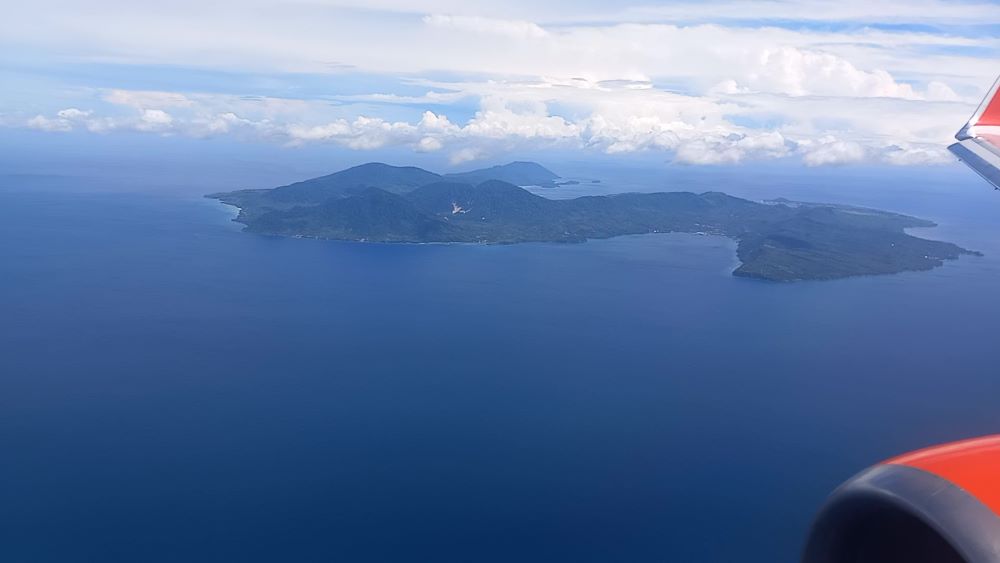
Her name was Putroe Phang, and so the story goes, she missed the mountains of her native land so much, that the sultan had a playground built for her among the gardens of his palace to quell her homesickness. The name of the striking diminutive octagonal structure is Gunongan, meaning symbolic mountain.
The princess must have been very petite, because when I took a closer look at her blindingly white playground it seemed to be built for a child; you had to enter by crawling on hands and knees through a passage not a metre high. Once inside, you were in a small cave, in the centre of the mountain.
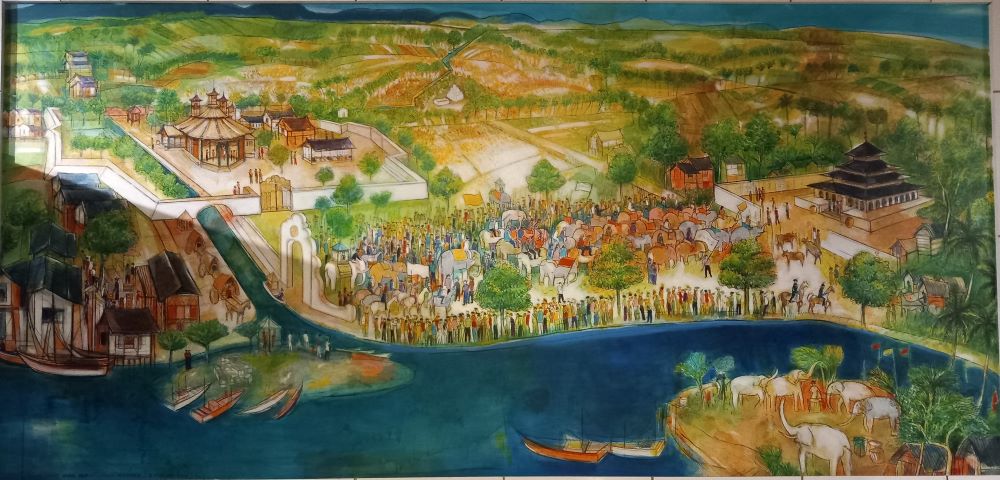
A tiny passageway led to some narrow stairs, and a round hole which allowed you to (with difficulty) climb out of the cave and walk around the mountain’s lower level. Along this path was another set of slim steps leading up to the next level of the mountain. Or you could continue on around the structure, but as you had almost circled it, you came across a wall, that forced you to return the way you had come. All the way back to the cave.
After climbing the second set of stairs, you came to another, narrower path around the mountain, looking down at the ‘plains’ below, and at the lower level of the playground. Both these circuits were enclosed with a wavy wall that stopped princesses falling off the mountain. At this narrow upper level, you had the mountain’s peak to one side and the sculpted wall on the other. There were embellishments and flourishes for decoration on the various columns and walls, and a set of stone seats in the cave to rest on, between games.
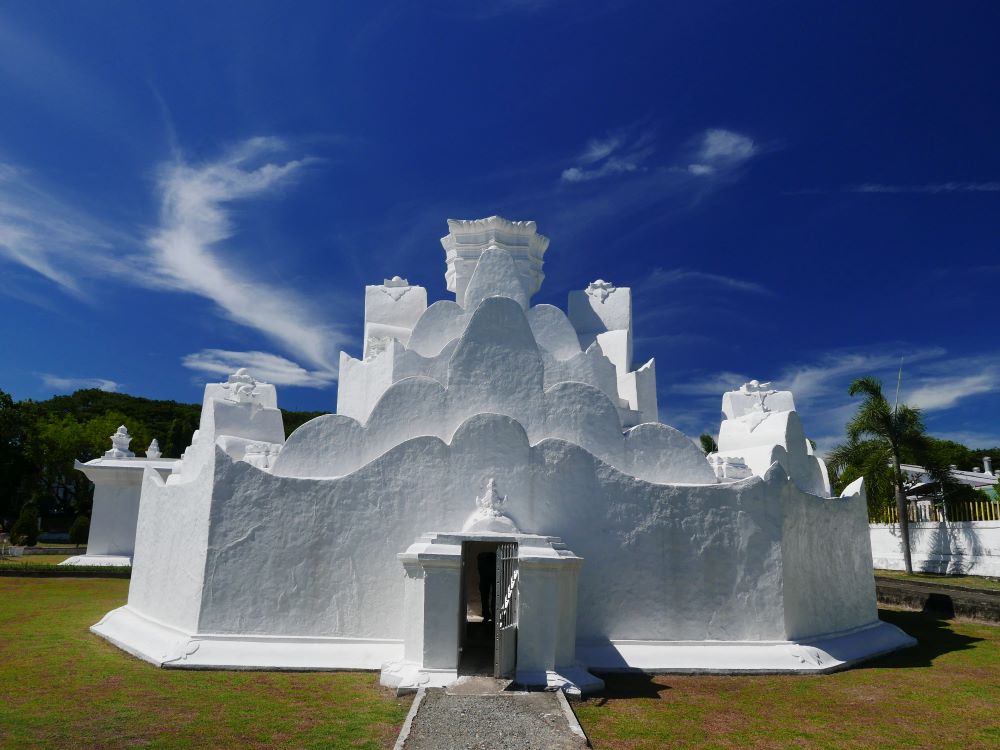
It was all a marvellous piece of spirited design; probably reflecting the character of the princess herself. You could play in the mountain a good while; crawling through tunnels, chasing friends along valleys and around the peak, climbing and descending and all in a quite amazing example of inventive architecture. The designer is unknown, but they sure did a great job, and despite historic anonymity, their impressive creation gives them a degree of immortality.
The gunongan forms part of the larger royal palace grounds which is the showpiece of modern Banda Aceh. In the nearby museum is a vibrant painting of the royal quarter in its heyday, at the time of Sultan Muda, four hundred years ago. It takes you back to a time of pepper harbours and elephants, canals and splendid gardens, tropical palaces and colourful festivals, and Aceh’s most famous sultan, and his favourite princess, climbing around inside her playground mountain.
